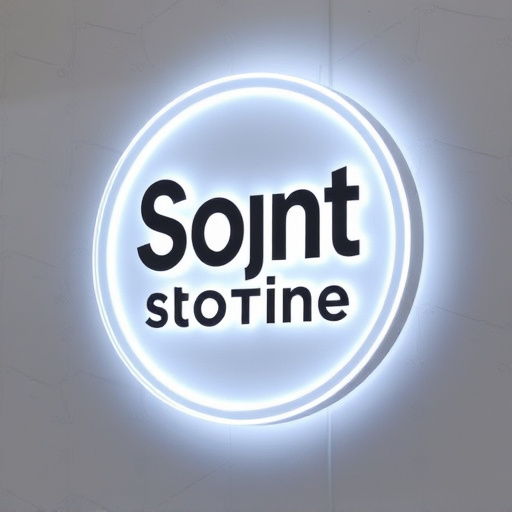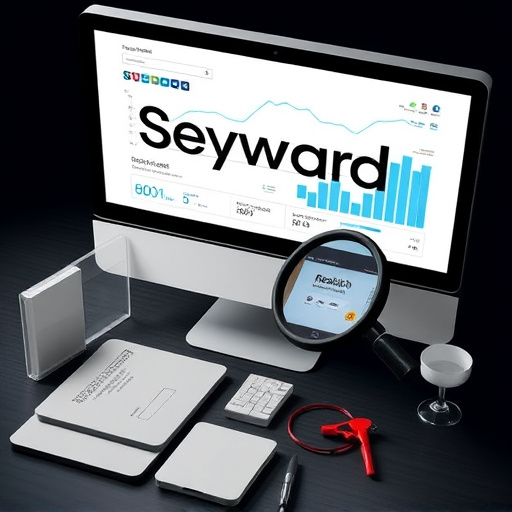Creating a compelling brand identity requires a strategic approach that balances understanding target audiences and navigating market dynamics. Through detailed research, designers can build brands that resonate with specific customer needs and preferences, while also evaluating industry trends to differentiate themselves. This involves imbuing the brand with unique personality traits and characteristics, ensuring a strong visual impact through logos, colors, typography, and custom vehicle wraps like ceramic coating and PPF installation. This holistic strategy results in a memorable brand presence that stands out from competitors, capturing attention and fostering emotional connections.
In today’s competitive marketplace, a robust brand identity design is paramount for standing out. This article explores the key elements of creating a successful brand identity strategy, focusing on understanding your audience and market, crafting a unique brand personality, and utilizing visual elements to tell your brand story effectively. By delving into these essential aspects, you’ll gain insights that drive recognition and foster lasting connections with your target market.
- Understanding Your Audience and Market
- Crafting a Unique and Memorable Brand Personality
- Visual Elements that Tell Your Brand Story
Understanding Your Audience and Market

A robust brand identity design strategy starts with a profound understanding of your audience and market. Knowing who your target customers are—their demographics, psychographics, and behaviors—is crucial for creating a brand that resonates with them. This involves extensive research to gain insights into their needs, preferences, and pain points. By understanding your audience, you can tailor your brand messaging, visual elements, and overall experience to create a unique connection that fosters loyalty.
Similarly, gauging market trends, competitors’ strategies, and industry dynamics is essential. This context helps in positioning your brand effectively, whether through distinctive design choices or innovative protective coatings like ceramic window tinting and paint protection film. Such knowledge ensures your brand identity stands out, meets consumer demands, and offers added value, such as enhanced privacy and vehicle protection, thereby solidifying your market presence.
Crafting a Unique and Memorable Brand Personality

In the realm of brand identity design, crafting a unique and memorable brand personality is akin to creating a distinct character for your business. This involves going beyond mere aesthetics; it’s about imbuing your brand with values, traits, and quirks that resonate with your target audience. A well-defined brand personality establishes an emotional connection, making your brand stand out in a crowded market. Think of it as the distinctive voice or face that represents your company—whether it’s playful, sophisticated, innovative, or reliable—and ensures your message is heard and remembered.
By infusing your brand with distinct characteristics, you create a visual and psychological signature that captivates customers. This is particularly crucial in competitive industries like automotive detailing and paint protection film where consumers often seek personalized experiences. For example, a brand that emphasizes sustainability might adopt an eco-friendly persona, using natural materials and promoting environmentally conscious practices. Similarly, a performance-oriented automotive brand could portray itself as dynamic, aggressive, and cutting-edge, reflecting its high-octane products through bold design choices and innovative marketing campaigns. This strategic approach ensures your brand identity design not only captivates but also leaves a lasting impression, just like how a memorable character in a story stays with us long after we’ve turned the final page.
Visual Elements that Tell Your Brand Story

Visual elements play a pivotal role in crafting an engaging brand identity design strategy. These components, from logos to color palettes and typography, are powerful tools that communicate your brand’s essence and story. A well-designed logo, for instance, can instantly evoke emotions and convey your company’s mission and values. Color psychology is another crucial aspect; specific hues can create a range of associations, influencing how consumers perceive your brand. For example, vibrant colors might suggest energy and youth, while more subdued tones could imply sophistication and reliability.
In the realm of custom vehicle wraps, ceramic coating, and professional PPF (Paint Protection Film) installation, visual elements become even more significant. A striking wrap design or a sleek ceramic coat can transform ordinary vehicles into moving advertisements, effectively showcasing your brand’s creativity and attention to detail. These strategies not only protect the vehicle but also ensure that your branding stands out in a competitive market, leaving a lasting impression on potential customers.
A compelling brand identity design goes beyond aesthetics; it’s about understanding your audience, cultivating a unique persona, and storytelling through visual elements. By integrating these key elements—knowing your target market, defining your brand personality, and utilizing powerful visuals—you create a brand that resonates, captures attention, and leaves a lasting impression in today’s competitive landscape. This strategic approach ensures your brand identity not only stands out but also fosters meaningful connections with your audience.














